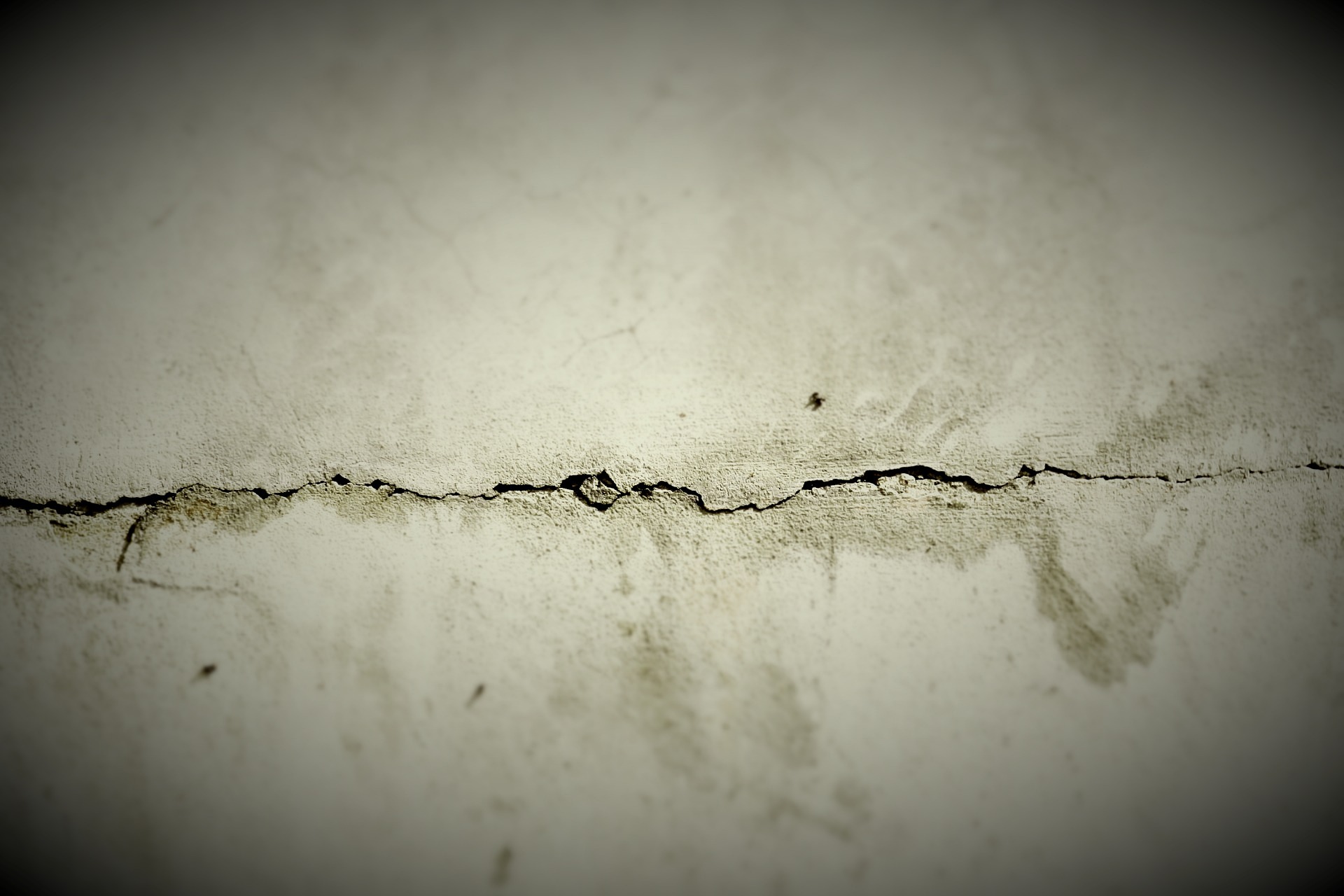Concrete Crack Repair: Methods and Solutions for Durable Surfaces
Concrete surfaces develop cracks over time due to various factors including weather conditions, ground movement, and general wear. Understanding effective repair methods helps property owners maintain structural integrity whilst preventing further deterioration. Professional repair techniques can restore both functionality and appearance, extending the lifespan of concrete installations significantly.

What Are the Most Effective Concrete Crack Repair Solutions for Lasting Surfaces?
Several proven methods exist for repairing concrete cracks, each suited to different crack types and severity levels. Epoxy injection represents one of the most durable solutions for structural cracks, creating a bond stronger than the original concrete. This method involves injecting liquid epoxy under pressure into the crack, filling the entire void and preventing water infiltration.
Polyurethane sealants offer excellent flexibility for non-structural cracks, particularly those subject to movement from temperature changes. These sealants remain elastic after curing, accommodating minor shifts without cracking. For hairline cracks, concrete crack fillers provide a cost-effective solution, penetrating deep into narrow openings whilst maintaining surface smoothness.
Routing and sealing involves cutting a reservoir along the crack before filling with appropriate sealant material. This technique ensures proper sealant adhesion and creates a uniform appearance. Each method requires careful assessment of crack characteristics to determine the most suitable approach.
Understanding the Benefits of Concrete Surface Crack Repair
Prompt crack repair delivers numerous advantages beyond aesthetic improvement. Water infiltration represents the primary concern with untreated cracks, as moisture can freeze and expand during winter months, causing further damage. Professional repair creates a waterproof barrier, protecting internal concrete structure from freeze-thaw cycles.
Structural integrity benefits significantly from timely intervention. Small cracks can propagate under load, potentially compromising the entire surface. Quality repair materials often exceed original concrete strength, reinforcing vulnerable areas and preventing future failure. This proactive approach proves more economical than extensive reconstruction.
Property value maintenance represents another crucial benefit. Well-maintained concrete surfaces enhance curb appeal whilst demonstrating responsible ownership. Professional repair work typically includes warranties, providing long-term peace of mind for property owners. Additionally, proper maintenance extends surface lifespan, maximising return on initial construction investment.
Effective Methods to Fix Cracks in Concrete Surfaces
Surface preparation forms the foundation of successful concrete crack repair. Cleaning involves removing loose debris, dirt, and any previous repair materials that may have failed. Power washing or wire brushing ensures optimal adhesion between existing concrete and repair materials. Proper preparation accounts for approximately sixty percent of repair success.
Temperature and humidity conditions significantly impact repair effectiveness. Most repair materials require specific temperature ranges for optimal curing, typically between 10°C and 30°C. High humidity can affect adhesion, whilst direct sunlight may cause rapid curing and reduced bond strength. Professional contractors schedule repairs during optimal weather conditions.
Application techniques vary according to material type and crack characteristics. Gravity feeding works well for vertical cracks using low-viscosity materials, whilst pressure injection suits horizontal applications or viscous compounds. Multiple application stages may be necessary for deep or wide cracks, ensuring complete void filling without air entrapment.
| Service Type | Provider | Cost Estimation |
|---|---|---|
| Epoxy Injection (per linear metre) | Local Concrete Specialists | £15-£35 |
| Polyurethane Sealing (per linear metre) | Building Maintenance Companies | £8-£20 |
| Professional Assessment and Repair | Structural Repair Contractors | £200-£800 |
Prices, rates, or cost estimates mentioned in this article are based on the latest available information but may change over time. Independent research is advised before making financial decisions.
Maintenance Considerations Following Repair
Post-repair maintenance ensures longevity of concrete crack repair solutions. Regular inspection helps identify new cracks before they become problematic, allowing for preventive intervention. Visual checks should occur seasonally, particularly following extreme weather conditions that may stress repaired areas.
Surface protection measures enhance repair durability significantly. Concrete sealers create a protective barrier against moisture infiltration whilst reducing surface wear. Professional-grade sealers typically require reapplication every three to five years, depending on exposure conditions and traffic levels.
Proper drainage management prevents water accumulation around repaired areas. Standing water can undermine repair materials over time, particularly during freeze-thaw cycles. Ensuring adequate slope and drainage pathways protects both repaired sections and surrounding concrete from moisture-related damage.
Professional maintenance programmes offer comprehensive protection for valuable concrete installations. These services include regular inspection, preventive treatments, and prompt repair of emerging issues. Such programmes often prove more economical than reactive repair approaches, particularly for commercial or high-value residential properties.
Concrete crack repair represents a specialised field requiring proper material selection, application techniques, and ongoing maintenance. Professional assessment ensures appropriate repair methods whilst quality materials provide lasting results. Investment in proper repair techniques protects property values and prevents costly future reconstruction, making it an essential aspect of responsible property maintenance.



